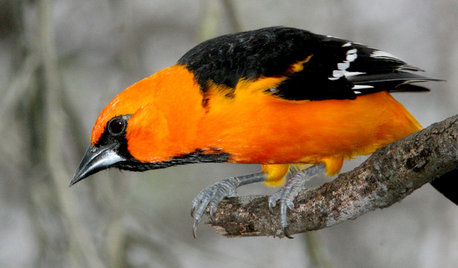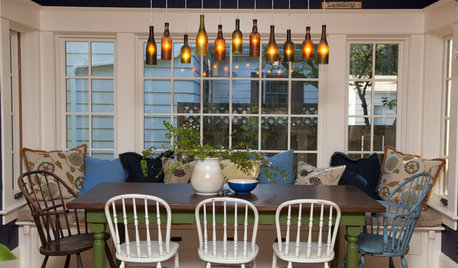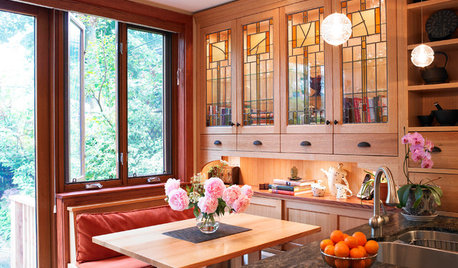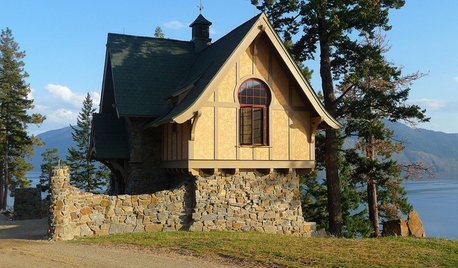Can you cross beachnut trees with chestnuts?
farmfreedom
13 years ago
Related Stories

PRODUCT PICKSGuest Picks: Spring Tree Motifs
20 twists on tree patterns that will bring the beauty of the outdoors inside
Full Story
SPRING GARDENING7 Spectacular and Practical Spring-Flowering Trees
Put on a beauteous show in the garden with a landscape tree awash in flowers — just do your homework first
Full Story
GARDENING GUIDESBackyard Birds: Orioles Return After Spending Winter in the Tropics
These colorful songbirds prefer woodlands and forest edges, but they’ll visit yards with fruit-producing trees and shrubs
Full Story
HOUZZ TOURSMy Houzz: Wasting Not, Wanting Not in a New Portland House
Salvaged and secondhand elements make for a home that's earth conscious, thrifty and beautifully personal
Full Story
KITCHEN DESIGN9 Creative Looks for Kitchen Cabinets
When plain cabinet finishes just won’t cut it, consider these elegant to inventive approaches
Full Story
PETSHouzz Call: Send in the Dogs
Have the greatest dog in the world? Share your best design photo featuring the dog you live or work with
Full Story
STANDARD MEASUREMENTSThe Right Dimensions for Your Porch
Depth, width, proportion and detailing all contribute to the comfort and functionality of this transitional space
Full Story
DECORATING GUIDESWhat Goes With Dark Wood Floors?
Avoid a too-heavy look or losing your furniture in a sea of darkness with these ideas for decor pairings
Full Story
PETS50 Dog Photos Worth a Wag
Design hounds: Share in the pet love with Houzzers' snapshots of their beloved dogs at home, in the workshop and at play
Full Story
ARCHITECTUREHow to Design a Storybook Cottage
A client’s request: “Build me a house where Disney meets Tudor.” The architect explores the details that make the style
Full StorySponsored
Industry Leading Interior Designers & Decorators in Franklin County
More Discussions






keking
farmfreedomOriginal Author
Related Professionals
Garden City Landscape Architects & Landscape Designers · Horsham Landscape Architects & Landscape Designers · Forest Hills Landscape Contractors · Hannibal Landscape Contractors · Holland Landscape Contractors · Lynchburg Landscape Contractors · Oxnard Landscape Contractors · Woodbury Landscape Contractors · Kingsburg Landscape Contractors · Maple Valley Carpenters · Rancho Cordova Carpenters · Wrentham Carpenters · Fort Lauderdale Fence Contractors · Fort Lauderdale Fence Contractors · Tallahassee Fence Contractorskeking
farmfreedomOriginal Author
keking